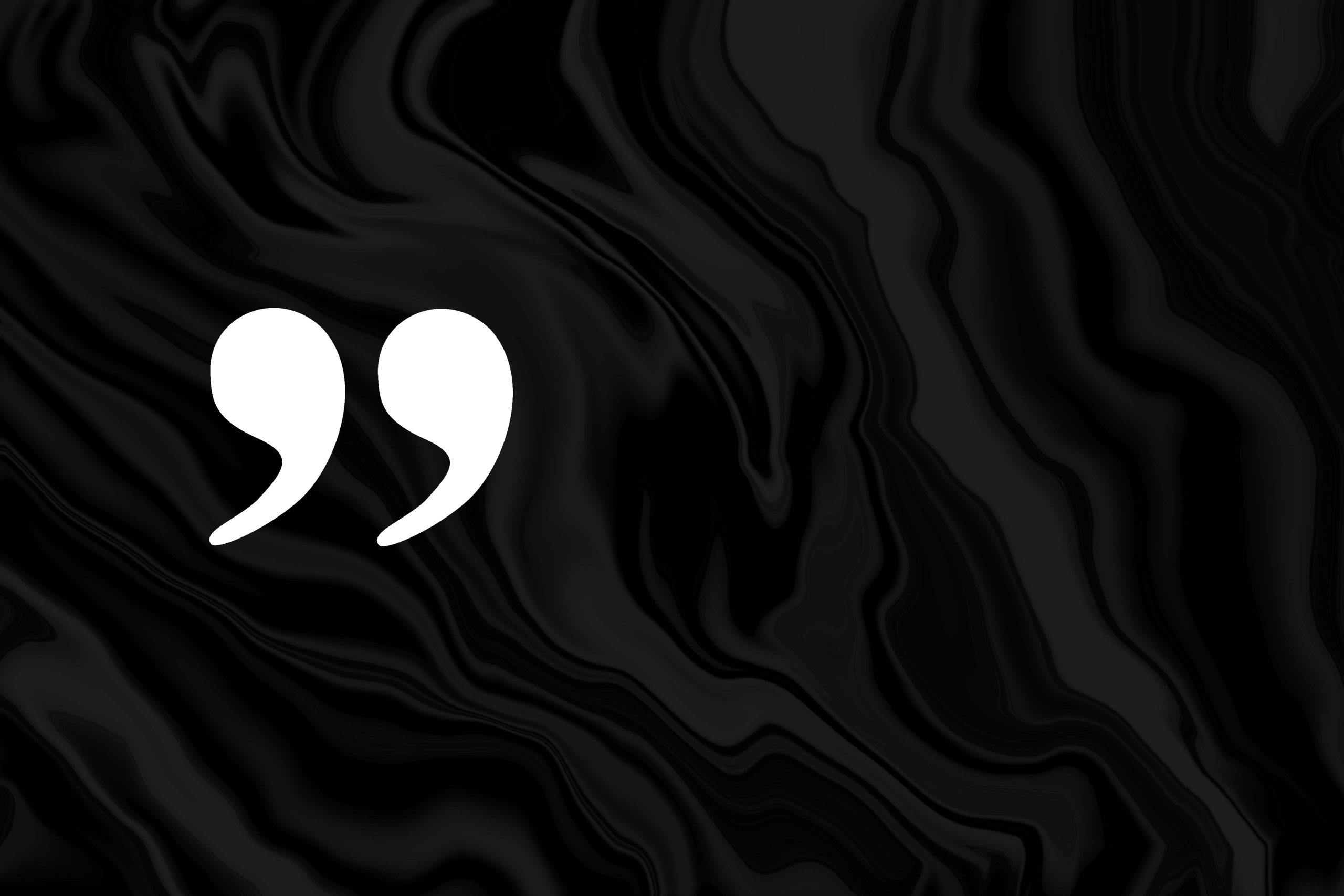Typography is a fundamental element of web design that significantly impacts both the aesthetics and functionality of a website. The choice of fonts, text sizes, line spacing, and other typographic elements can greatly influence how users perceive and interact with your content. Effective typography enhances readability, supports the overall design theme, and ensures that your message is conveyed clearly and attractively. But how can you leverage typography to create a visually appealing and user-friendly web design?
The Importance of Typography in Web Design
- Readability: Typography plays a crucial role in making text easy to read. Choosing the right font, size, and spacing ensures that users can comfortably read and understand your content. Properly designed typography helps prevent eye strain and improves the overall user experience.
- Visual Hierarchy: Effective typography establishes a clear visual hierarchy on your website. By using different font sizes, weights, and styles, you can guide users’ attention to important information and create a structured layout. This helps users navigate the content and find key details quickly.
- Brand Identity: Typography contributes to your brand’s identity and personality. Consistent use of specific fonts and styles reinforces your brand’s visual identity and helps create a cohesive look across your site. Typography can express your brand’s tone and values, enhancing the overall design.
- Aesthetic Appeal: Well-chosen typography enhances the aesthetic appeal of your website. A harmonious combination of fonts, sizes, and spacing creates a visually pleasing design that attracts and retains users. Typography adds character and style to your site, making it more memorable.
- Accessibility: Good typography also supports web accessibility. Clear and legible fonts ensure that all users, including those with visual impairments, can access and understand your content. Proper text contrast and sizing are essential for creating an inclusive web experience.
Tips for Effective Typography in Web Design
- Choose Legible Fonts: Select fonts that are easy to read on different screen sizes and devices. Sans-serif fonts are often preferred for digital content due to their clarity and simplicity.
- Establish a Hierarchy: Use different font sizes and weights to create a clear hierarchy in your content. Headings, subheadings, and body text should be distinct and easy to differentiate.
- Optimize Line Spacing and Letter Spacing: Proper line spacing (leading) and letter spacing (tracking) enhance readability and prevent text from appearing crowded. Adjust these settings to improve the flow and appearance of your text.
- Maintain Consistency: Consistency in typography across your website ensures a cohesive design. Use a limited number of fonts and styles to avoid visual clutter and maintain a unified look.
- Consider Responsive Typography: Ensure that your typography adjusts to different screen sizes. Responsive typography techniques, such as fluid type and media queries, help maintain readability on various devices.
Conclusion
Typography is a crucial aspect of web design that influences readability, visual hierarchy, brand identity, and overall aesthetic appeal. By selecting legible fonts, establishing a clear hierarchy, and optimizing text spacing, you can enhance the user experience and create a visually engaging website. Typography not only conveys your message effectively but also contributes to your brand’s personality and the overall design of your site. Paying attention to typographic details will improve both the functionality and style of your web design.

